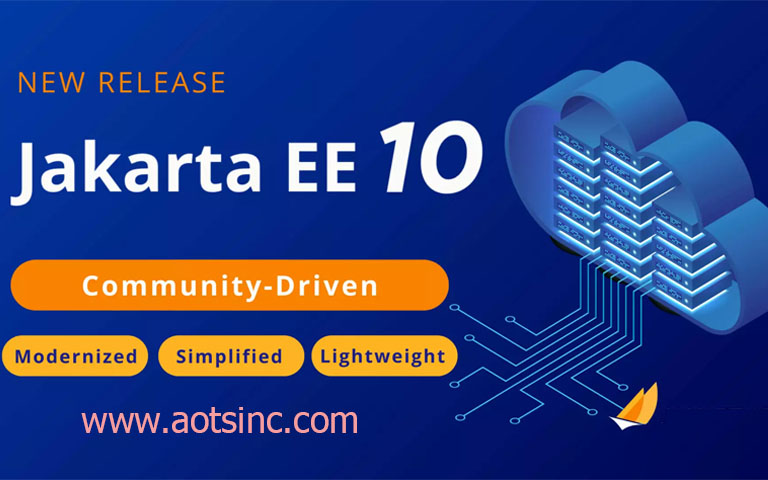Red Hat’s release of JBoss Enterprise Application Platform (EAP) version 8.0 is indeed a significant development for Java developers and enterprises. By supporting Jakarta EE 10, the latest release ensures compatibility with the latest standards and features of the enterprise Java platform. The changes to the management console and CLI are aimed at enhancing the user experience and simplifying the management of JBoss EAP instances. Additionally, the removal of legacy security subsystems reflects Red Hat’s commitment to maintaining a modern and secure platform for enterprise applications.
That’s a comprehensive summary of the key updates and features in JBoss EAP 8.0! The support for Jakarta EE 10 APIs and profiles, along with the updates to the Migration Tool Kit for Application (MTA), highlights Red Hat’s commitment to ensuring a smooth transition for developers migrating from Jakarta EE 8 to Jakarta EE 10. The Galleon Provisioning Layer’s support for the Jakarta EE 10 Core Profile further enhances the platform’s flexibility and adaptability to different application requirements.
The JBoss EAP Maven plug-in is a valuable addition to JBoss EAP 8.0, offering developers a streamlined way to provision a trimmed server using Galleon and to install applications on the server. By leveraging the plug-in, developers can customize the server configuration file using wildfly-ee-galleon-pack and eap-cloud-galleon-pack, ensuring that the server meets their application’s specific requirements. The plug-in’s support for executing CLI script files enables further server customization, while its ability to install extra files, such as keystore files, enhances the server’s functionality. Overall, the Maven pom.xml file plays a crucial role in maintaining the configuration settings for the build process, ensuring consistency and efficiency in the development workflow.
The removal of legacy security subsystems like PicketBox and PicketLink in JBoss EAP 8.0 signifies a shift towards more modern and secure authentication mechanisms. To use custom login modules with the elytron subsystem, developers can leverage the security realm jaas-realm, which is based on the Java Authentication and Authorization Service (JAAS). However, Red Hat recommends using the existing security realms of the Elytron subsystem, such as jdbc-realm, ldap-realm, and key-store-realm, over jaas-realm.
Configuring the aggregate-realm, distributed-realm, or failover-realm allows developers to combine different security realms for more complex security requirements. Additionally, the introduction of elytron-oidc-client in JBoss EAP 8.0 provides native support for OpenID Connect (OIDC), enhancing the platform’s capabilities for securing applications deployed on JBoss EAP. For more information, developers can refer to the release notes and documentation for JBoss EAP 8.0.
The introduction of jboss-eap-installation-manager in JBoss EAP 8.0 is a significant enhancement, providing a convenient way to update and install the application server. Its integration with the Management CLI under the installer command enables developers to perform various server management operations in standalone or managed domain mode, enhancing the overall manageability of JBoss EAP instances.
Regarding the JDK requirement, JBoss EAP 8.0 now requires JDK 11 or JDK 17, as support for JDK 8 has been removed. This change ensures that JBoss EAP can take advantage of the latest features and improvements in newer Java versions, enhancing performance, security, and compatibility with modern Java applications.
You can access the Red Hat JBoss Enterprise Application Platform 8.0 documentation here. This documentation provides detailed information about installing, configuring, and using JBoss EAP 8.0, as well as information about the new features and enhancements introduced in this version.
